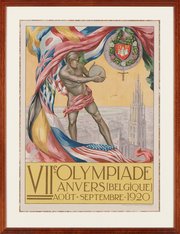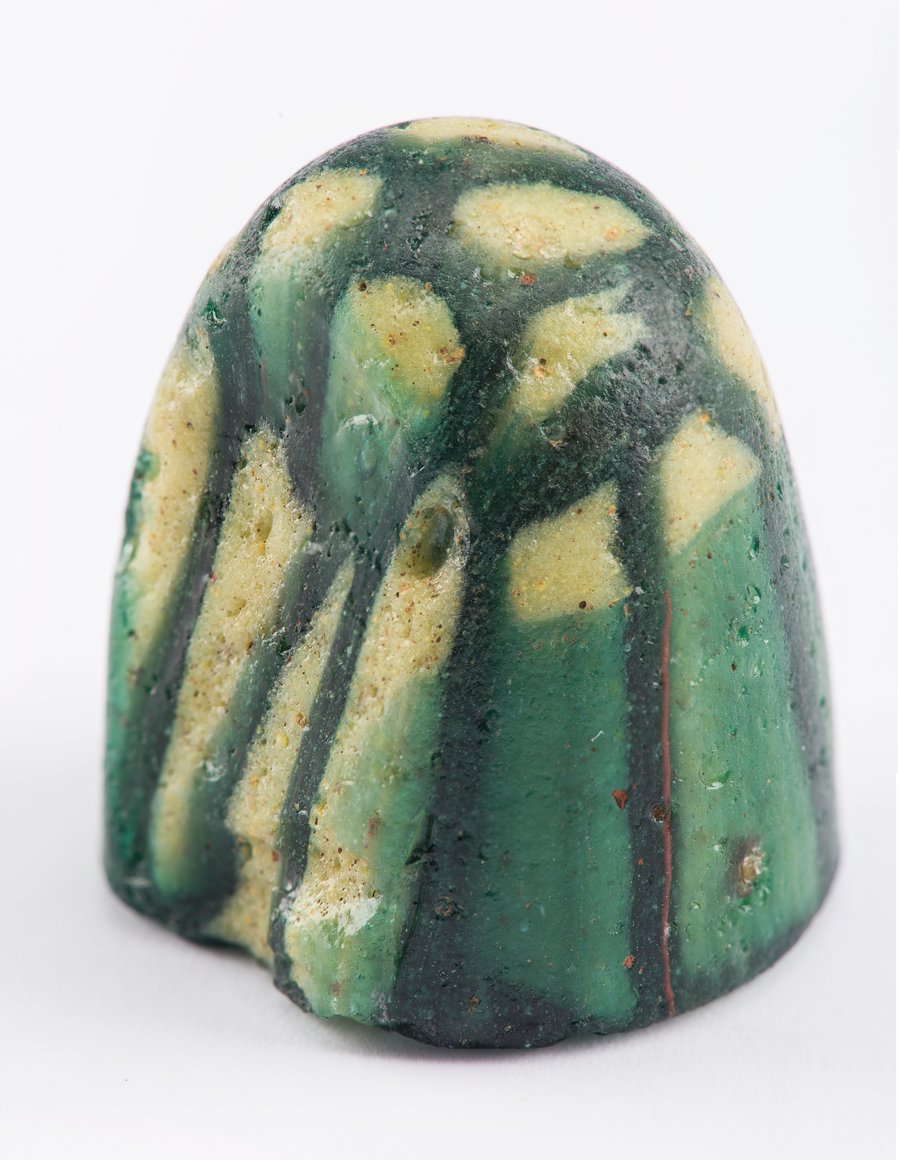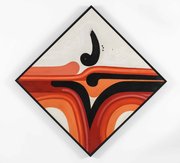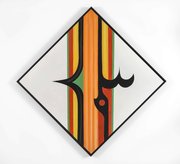
Mosaic Glass Game Piece
Museum of Islamic Art
- Title:
- Mosaic Glass Game Piece
- Production place:
- Iraq
- Date:
- 800 - 999
- Period:
- Abbasid
- Title:
- Mosaic Glass Game Piece
- Production place:
- Iraq
- Date:
- 800 - 999
- Period:
- Abbasid
- Material:
- Glass
- Technique:
- Mosaic, Casting
- Dimensions:
- 2.5
- Diameter:
- 2.1
Chess and game pieces from the Islamic world vary in shape and material: they can appear as a complex figure or as a simple abstract form in different material such a glass, ivory or stone. This game piece is of a conical shape made of yellow and dark- and pale-green roundels of glass. Simple mosaic glass gaming pieces such as this one has been attributed to Iraq, where the so-called millefiori technique was re-established under the Abbasids during the first, 2nd and 3rd century AH (the 8th and 9th century CE). In this technique, various coloured glass rods were fused together to form larger units, which were cut into smaller roundels. These pieces were then placed in a mould in order to be melted together. The result of this technique shows a colourful pattern, reminiscent of a thousand flowers, as the word millefiori illustrates. This time-consuming technique, which dates back to a Roman practice, enjoyed popularity for a short time during the early Abbasid period initiating the manufacture of objects such as gaming pieces, shallow dishes, bowls, and tiles.



